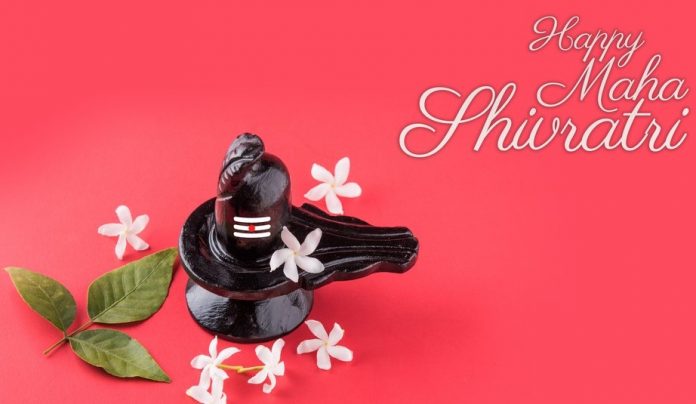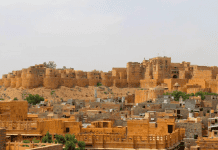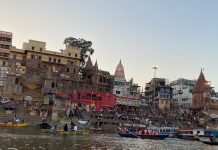In India, the Mahashivratri, which comes on Krishna Chaturdashi of the month of Phalguna, is celebrated by Hindus each year with great pomp and revelry. This year, it is falling on the 4th March. It is the most important of Hindu festivals, which is said to be the convergence of Shiva with Shakti and is the day that Lord Shiva was married to Devi Parvati.
Almost all the temples in India (especially the famous Shiva temples) are thronging with devotees with long queues greeting them. Shivratri is also called the “Great night of Shiva” and devotees fast through the day and into the night, with chants of Om Namah Shivaya reverberating all through the night.
There are said to be many ways to please Lord Shiva. Men and women do abhishekh of (bathe) the shiva lingam with water, milk, bel patra, flowers, haldi, kumkum, honey, ghee, dhatura, vibhuti, ganga jal, black sesame (til), white flowers, and so on. Aartis and bhajans are sung and diyas (lamps) and incense sticks are lit up, which add to the aura of the day. Married women fast on this day for their husbands’ long lives and unmarried women pray for a good husband. Ma Shakti, or Devi Parvati, is also worshipped by offering her shringar objects like a saree, sindoor, bangles, bindi, comb, and so on.
Lord Shiva, also known as bholenath, is said to grant wishes easily as he gets pleased quickly with devotees’ bhakti. Some people observe a strict fast by not eating or drinking all day while there are other types of fasting, like eating only fruits and consuming milk on the day.
Prayers are offered all throughout the day and at four times (prahar or jamas) during the night. Many people offer lingam worship at all the four prahars while some offer prayers twice – in the morning and evening – while there are yet others who prefer to do the abhishekh only once in the morning.



















